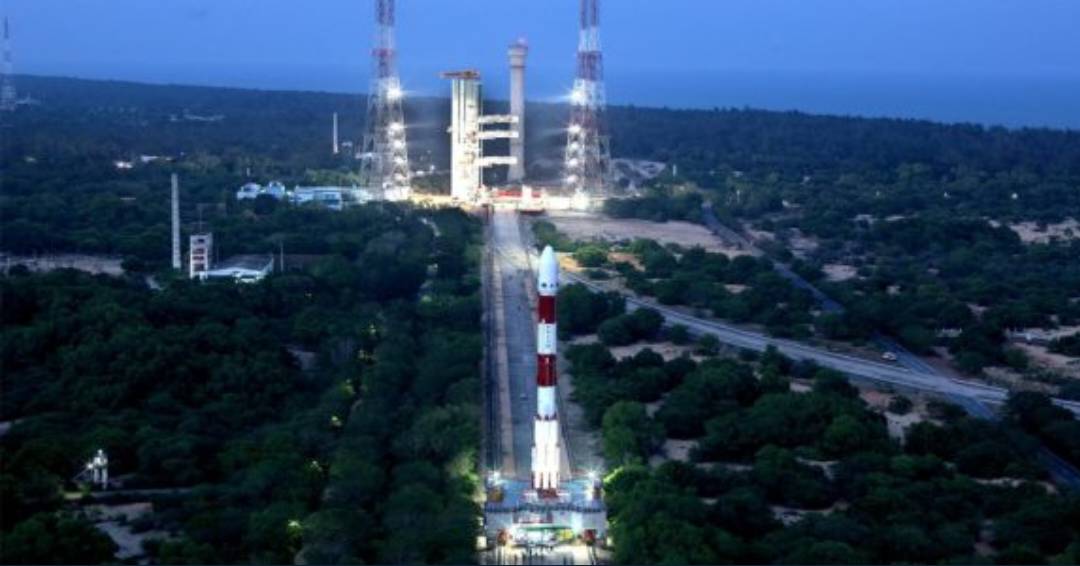
The Visible Emission Line Coronagraph (VELC), Aditya L1’s primary payload and a pivotal component of India’s groundbreaking solar mission, is poised to send a substantial daily payload of 1,440 images to the ground station for meticulous analysis once it reaches its designated orbit. This remarkable instrument, referred to as “the largest and technically most challenging” among Aditya-L1’s payloads, underwent meticulous integration, testing, and calibration at the Indian Institute of Astrophysics’s (IIA) CREST (Centre for Research and Education in Science Technology) campus in Hoskote, in close collaboration with ISRO.
Scheduled for liftoff on September 2 at 11:50 AM via the PSLV-C57 rocket, Aditya-L1 carries a total of seven payloads aimed at in-depth solar study. Four of these payloads will observe solar light, while the remaining three will measure essential plasma and magnetic field parameters.
Dr. Muthu Priyal, the Aditya L1 Project Scientist and Operation Manager for VELC, elucidated, “From the continuum channel, which is the imaging channel, an image will come — one image per minute. So approximately 1,440 images for 24 hours, we will be receiving at the ground station.” IIA is tasked with hosting the VELC Payload Operations Centre (POC), responsible for receiving raw data from ISRO’s Indian Space Science Data Centre (ISSDC), processing it for scientific analysis, and returning it to ISSDC for wider dissemination.
Furthermore, IIA has developed specialized software capable of automatically detecting coronal mass ejections and their timing, providing critical information to the scientific community within 24 hours. This data includes whether such events are Earth-directed or exhibit high energy, addressing concerns about potential impacts.
VELC, weighing 190 kg, is expected to transmit images for the nominal five-year lifespan of the satellite, with the possibility of extension depending on fuel consumption and other factors. K Sasikumar Raja of IIA noted that while the continuum channel would independently deliver 1,440 images daily, the other three spectroscopy channels would provide images as per observer preferences.
Scientists at IIA anticipate that the first images will be available around the end of February. Prof. Jagdev Singh explained the timeline, stating, “The satellite is expected to be put into orbit in the middle of January, and then we will do the test if all the systems are working properly, and by the end of February, we expect to get the regular data.”
Regarding the cautious approach to opening VELC’s shutter last, S Nagabushana of IIA clarified, “we call it cross contamination. On reaching L1 orbit, the other payloads will be starting first, so that the outgassing coming from the other payloads should not go and deposit on the primary mirror, which is very super polished and any deposition on the primary mirror will lead to scattering, which can mask the complete coronal mass, which is the field of interest.”
VELC stands as an internally occulted coronagraph equipped with 40 distinct optical elements, meticulously aligned for precise functionality. It holds the potential to capture images of the solar corona closer to the Sun’s disc than any other solar space observatory, thanks to its incredibly polished primary mirror by LEOS (Laboratory for Electro Optics Systems) of ISRO, which dramatically reduces internal light scatter within VELC.
This instrument has the capacity to provide high-resolution images of the corona and spectral lines at an extremely rapid rate, approximately three times per second, both in white light and spectral lines. IIA’s dedication to this mission is evident in the establishment of India’s first large-scale Class 10 Clean Room at MGK Menon Laboratory, CREST, which played a crucial role in the assembly of VELC. This ambitious solar mission aims to uncover the mysteries of the Sun’s corona and its impacts on Earth, promising significant contributions to the field of solar astrophysics and daily life understanding.

Post Your Comments